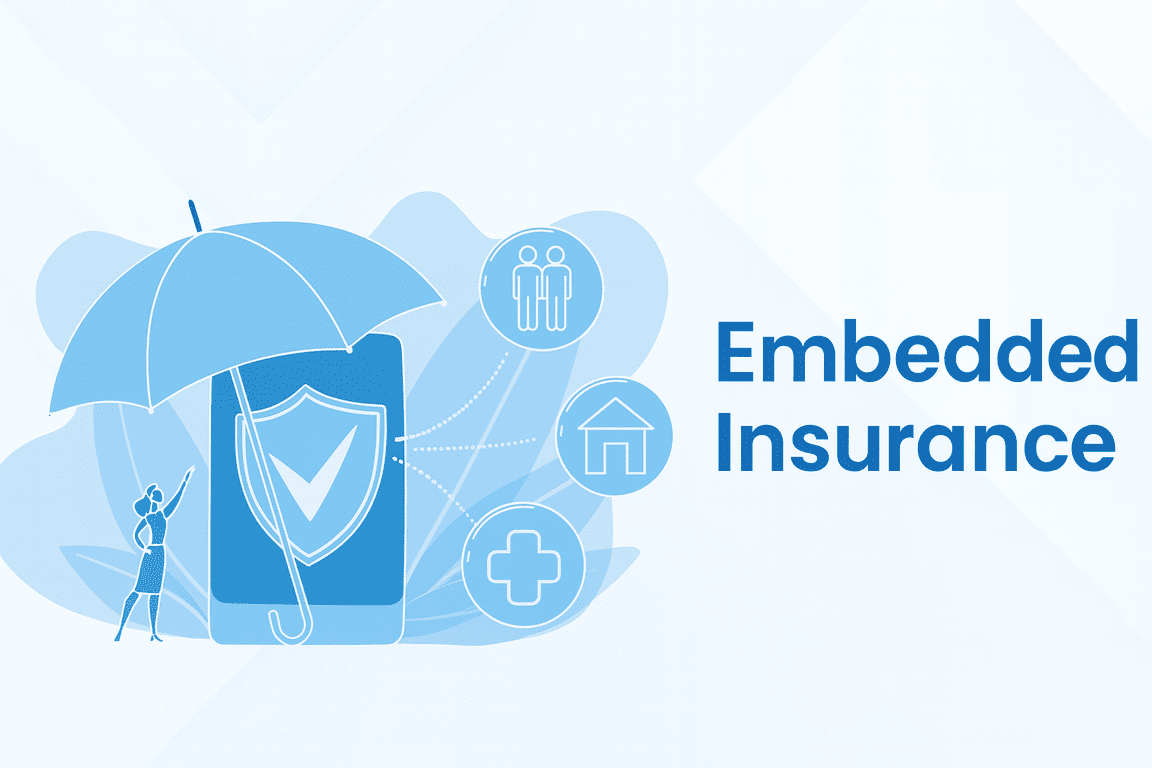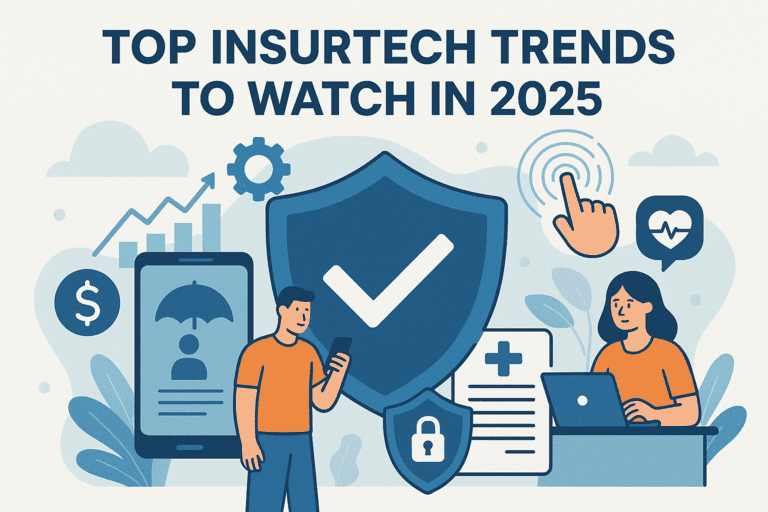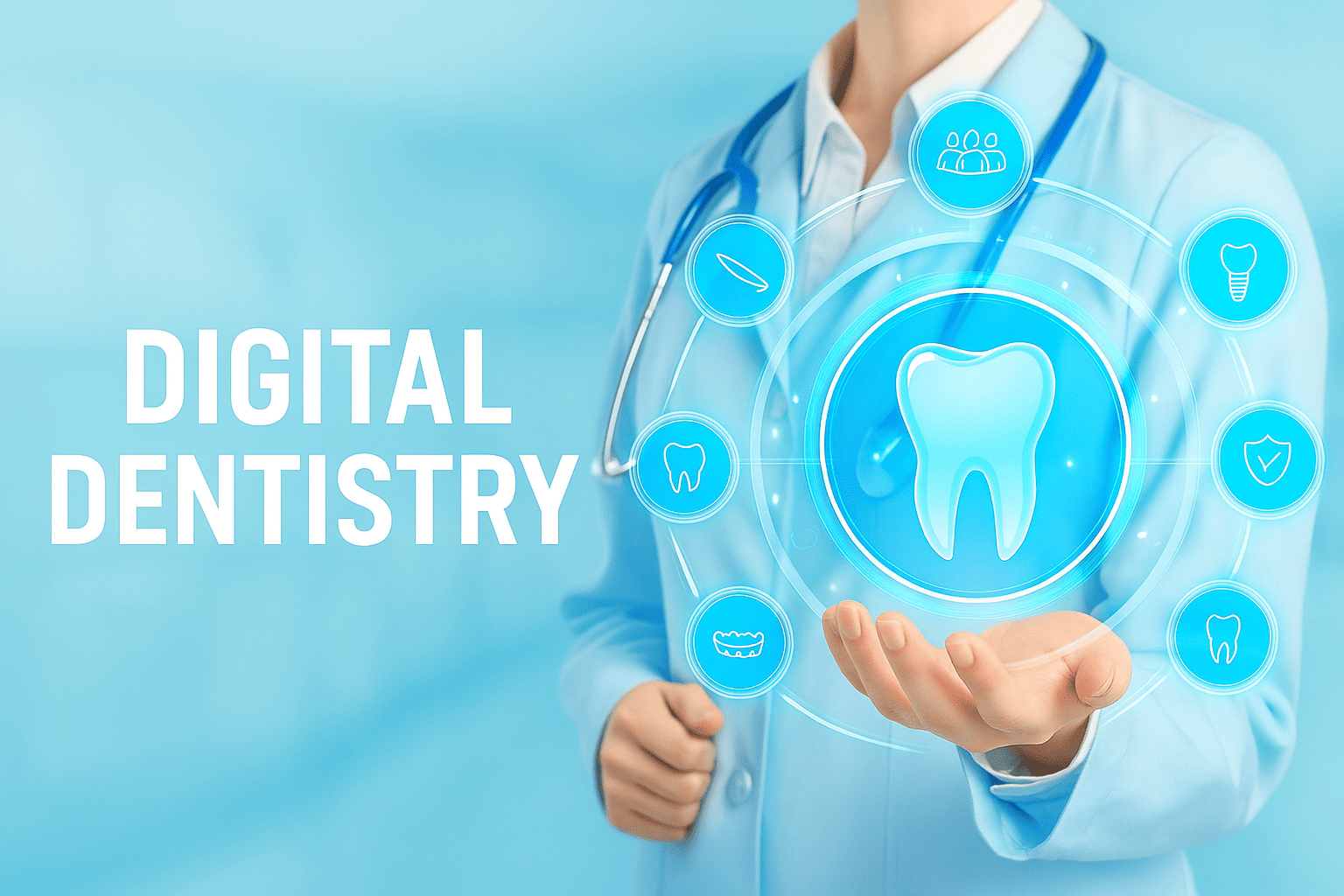Along with other industries, the healthcare service sector is undergoing a fundamental digital transformation. By adopting advanced technologies, such as blockchain, artificial intelligence, machine learning, extended reality, Internet of Things, and others, healthcare providers can enhance efficiency and deliver increased value to their patients.
Table of contents:
- Speech Recognition in Healthcare: Major Use Cases
- Benefits of Speech Recognition Technology in Healthcare
- Drawbacks of Speech Recognition in Healthcare
- Key Factors Driving Market of the Speech Recognition Technology in Healthcare
- Impact of COVID-19 on Voice Recognition in Healthcare Market
- Conclusion
Among other innovations, voice recognition systems are growing in demand with healthcare providers, and for a good reason. This technology allows for transforming human speech into text or performing an action based on a spoken command, streamlining data entry and operating devices, ensuring the accuracy of clinical documentation, and improving patient experience. Read on to find out the key benefits and challenges of voice recognition in healthcare.
Speech Recognition in Healthcare: Major Use Cases
Speech recognition is a technology aimed at understanding and interpreting spoken language to convert it into written text or trigger an action in response. Let’s look closer at the primary use cases for speech recognition technology in healthcare.
Firstly, medical professionals can use speech recognition to turn their speech into text, which allows them to quickly and accurately document patient encounters, removing the need for manual data entry. This way, voice recognition technology saves medical staff time and helps streamline administrative tasks.
Besides transcribing spoken medical notes, this capacity can also be used for data entry in clinical research studies, helping researchers input and analyze data more efficiently.
Secondly, voice-activated assistants can assist healthcare professionals in navigating electronic health records (EHRs), accessing patient information, and scheduling appointments. Likewise, speech recognition technology can help patients with disabilities interact with healthcare systems, access information, and control medical devices.
In addition, speech recognition can be incorporated into a health application to enable voice-activated commands for medication reminders, appointment scheduling, etc.
Benefits of Speech Recognition Technology in Healthcare
Greater productivity
Healthcare professionals’ duties involve doing a lot of paperwork, such as updating medical records or preparing reports. This takes time and can distract medical staff members from performing their primary tasks.
This is where speech recognition technology comes to save the day. Its capacity to transform human speech into text in real-time allows medical professionals to complete medical documentation quickly and accurately and focus on more critical tasks.
Improved patient care
As already mentioned, speech recognition helps medical staff to save a lot of time. Consequently, healthcare professionals can devote more time to their patients, which translates to enhanced patient care.
Reduced mistakes
Modern speech recognition technologies utilize deep learning techniques that help achieve unprecedented accuracy of the transcribed text. Moreover, the information is updated in real-time, ensuring data consistency across departments.
Flexibility
One of the substantial benefits of speech recognition in healthcare is its flexibility. Voice recognition systems are designed to be compatible with various hardware, meaning medical professionals can access them using desktops, laptops, tablets, or even smartphones. Furthermore, when uploaded to the cloud, authorized users can immediately access the data generated by speech recognition technology.
More efficient decision making
Speech recognition accelerates updating and retrieving clinical documentation, ensuring that health professionals have the most recent and relevant data at their fingertips. In addition, this data is accurate and reliable as speech recognition technology minimizes the risk of errors associated with manual transcription. As a result, using speech recognition technology in healthcare facilitates quicker and more informed decision-making.
Increased accessibility
Speech recognition provides a hands-free and eyes-free method of interacting with digital health systems, allowing health professionals to access information, dictate notes, and perform tasks while focusing on patient interactions.
Similarly, patients can benefit from speech recognition technology to navigate health information, schedule appointments, and engage with healthcare services more efficiently.

Drawbacks of Speech Recognition in Healthcare
The benefits of speech recognition in healthcare are evident, however, it’s crucial to understand the challenges associated with this technology.
1. Accuracy concerns
While ensuring accurate documentation is one of the critical advantages of using speech recognition in healthcare, it’s essential to consider the human factor. Accents, dialects, and background noises can lead to transcription errors.
2. Training and adaptation
Medical speech recognition systems often require extensive training of nurses, doctors, and administrative staff. Busy healthcare providers may find it challenging to allocate time for comprehensive training.
3. High cost of quality software
Implementing a speech recognition system can be costly. Such systems involve advanced technologies and require large datasets to be trained. Moreover, medical software must comply with industry-specific regulations to ensure high data security.
Software development companies working on this kind of project put in significant effort and time, resulting in high costs.
Key Factors Driving Market of the Speech Recognition Technology in Healthcare
The use of voice recognition in healthcare is growing, effectively closing the pain points of medical professionals. So what are the major factors accelerating the adoption of speech recognition technology in healthcare? Let’s sort it out.
Medical reports and patient records take a lot of time, often distracting health professionals from direct patient care. Speech recognition systems enable effortlessly transcribing detailed notes, improving efficiency. Moreover, they free up valuable time for more patient-centric tasks, facilitating patient engagement and satisfaction.
Impact of COVID-19 on Voice Recognition in Healthcare Market
COVID-19 was one of the driving factors behind speech recognition systems getting so much traction. The speech recognition technology helped to solve some significant challenges presented by the pandemic.
To start with, the pandemic has encouraged the adoption of contactless technologies to minimize the risk of virus transmission. Voice recognition enables hands-free access to documents and controlling devices with voice commands, providing a safer alternative to traditional touch-based interfaces.
While healthcare facilities experienced increased pressure during the pandemic, the need for efficient and accurate clinical documentation was critical. Voice recognition technology streamlines the documentation process, reducing the administrative burden on healthcare staff and allowing them to focus more on patient care.
The efficiency provided by speech recognition systems also helps to address the challenges associated with staff shortages and increased workloads.
Conclusion
Using speech recognition technology is a single way to transform human language into text, so it’s definitely here to stay. The efficiency and accuracy provided by voice recognition systems are particularly relevant to the healthcare sector, where every minute counts. Although the implementation of speech recognition systems is associated with several challenges, they will likely improve as technology advances.




